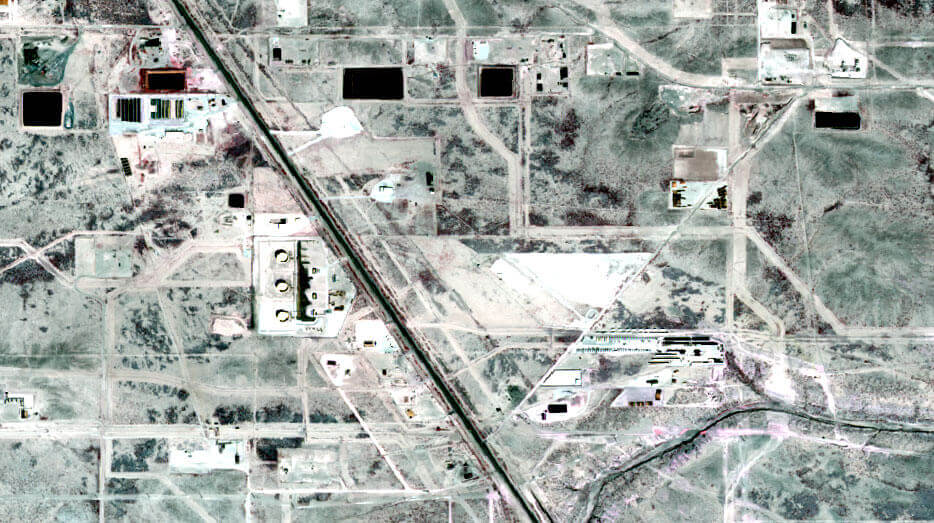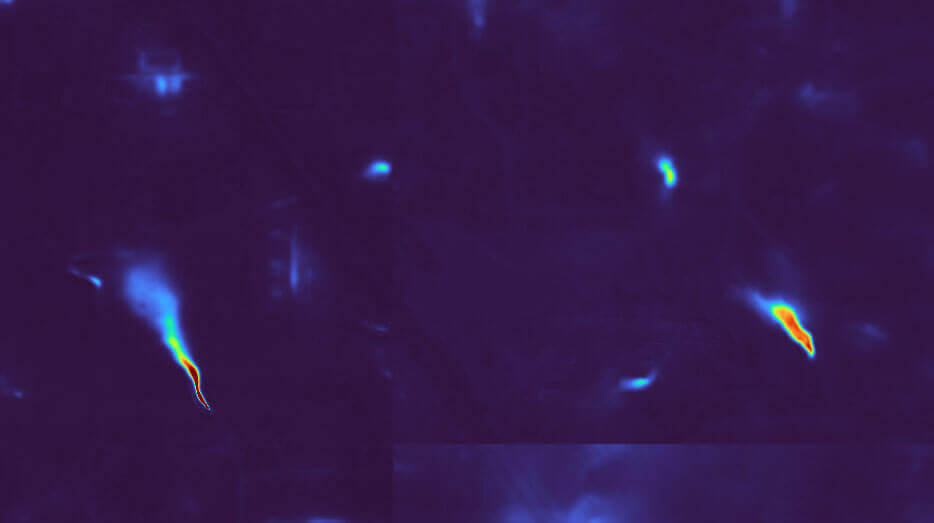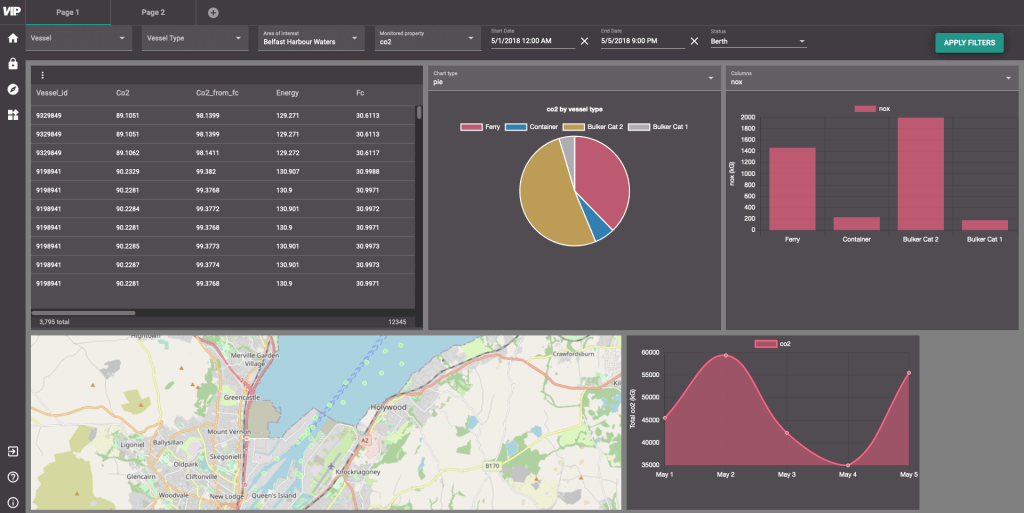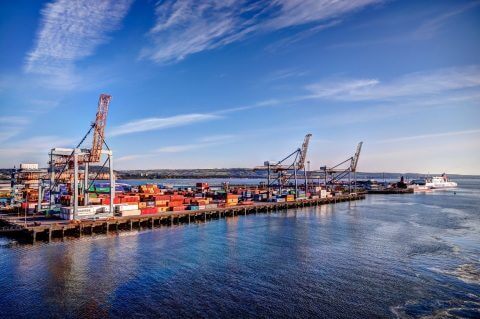EMISSIONS DETECTION & MONITORING
Identifying, quantifying and monitoring the sources of Greenhouse Gas (GHG) emissions.
Increasing emissions of GHG’s are the key factor driving climate change, but the detection and ongoing monitoring of critical emission sites has always been problematic and expensive. Partnering with the University of Leicester we have developed GHGWatch, a multi-satellite solution to routinely detect, measure and monitor greenhouse gas emissions.
Rising global emissions
Global GHG emission levels from anthropomorphic sources have continued to rise, but in the aftermath of COP26, global leaders, nations and industry have agreed historic pledges to significantly reduce emissions and reduce fossil fuel reliance. The UK has committed to reducing emissions by at least 78% by 2035 and achieve net-zero by 2050– so how can we ensure these targets are achieved?


Achieve Emissions Reduction
A critical first step in reducing emissions is being able to detect the point sources where the leakage is occurring, including new, unplanned events, and being able to measure emission rates and volumes. Using sophisticated image processing methods integrated with unique deep learning algorithms, we have developed GHGWatch, as service that leverages access to multiple satellite data sources to reliably locate, measure and monitor methane emissions, providing outputs that are benchmarked, qualified and evidence based.
GHGWatch
The detection and monitoring of emission hotspots can be problematic and expensive using current technologies. GHGWatch provides an effective solution to detect, quantify and monitor point-sourcemethane plumes from satellite imagery, providing frequent, reliable, and low-cost monitoring of emissions at a global scale.


Clean Air and Clean Harbour Energy
Combing advanced air quality modelling, data processing in a visualisation platform for port stakeholders. CACHE Net Zero allows multiple stakeholders to audit air quality, identify and quantify sources of CO2 emissions, understand potential to mitigate these emissions through the adoption of clean energy generation technologies and as a result develop and implement decarbonisation strategies than can be monitored and measured.
Related INSIGHTS

New port decarbonisation demonstrator project launched with ESA
Geospatial Insight is leading the CACHE Net Zero (Clean Air Clean Harbour Energy for Net Zero) project, co-funded by the European Space Agency (ESA), which empowers ports to effectively plan, implement and then monitor key actions that will deliver reductions in air pollution and carbon emissions associated with harbour operations.
